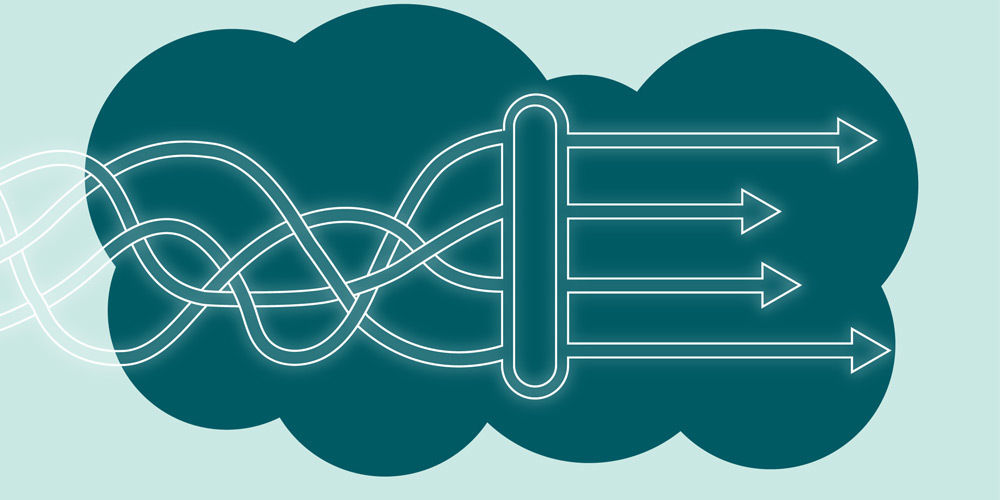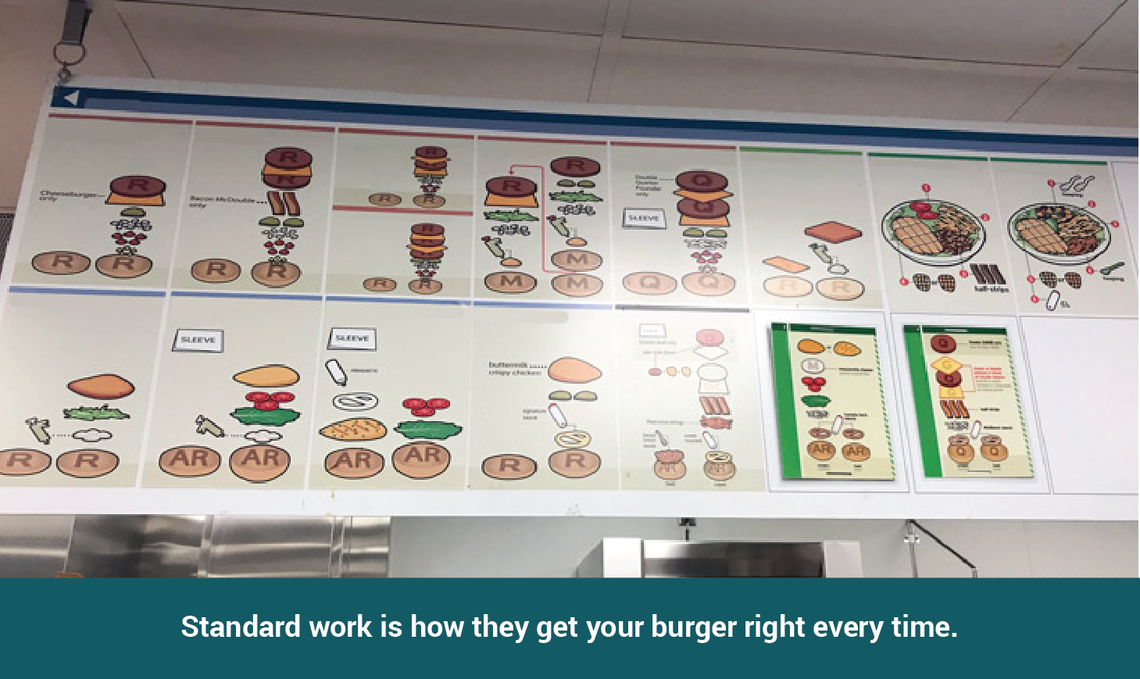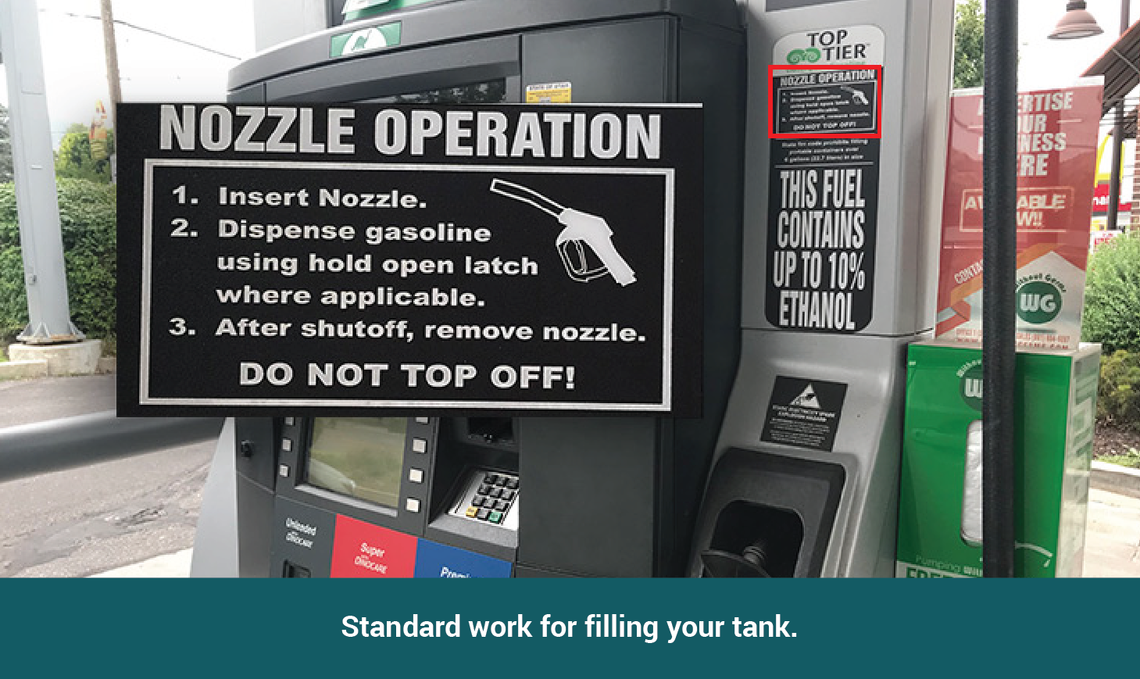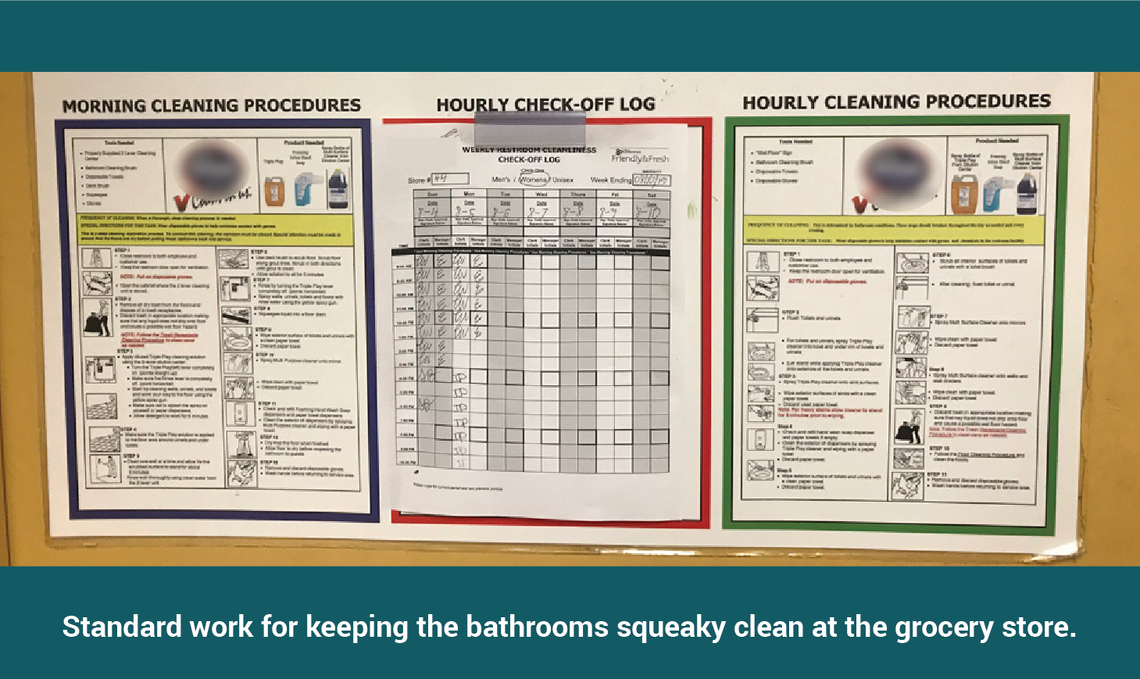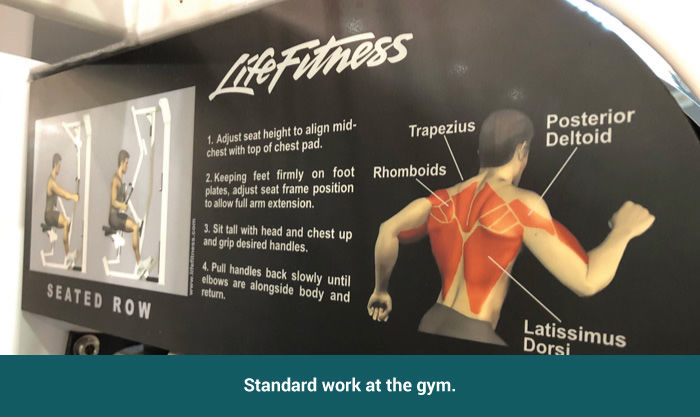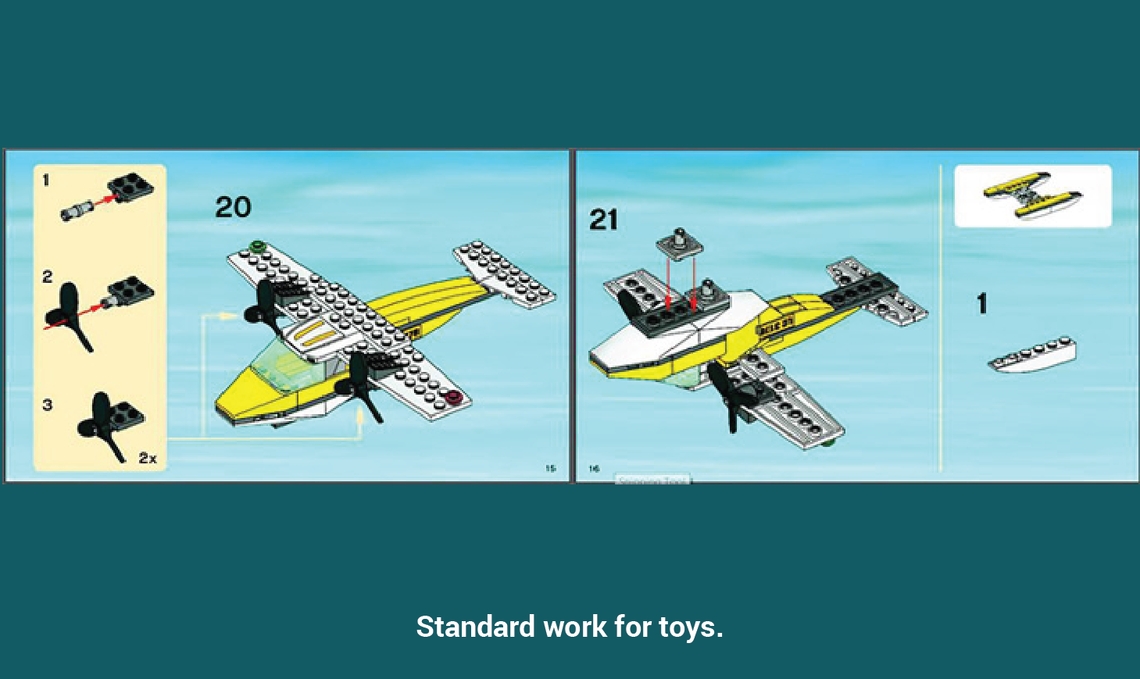Learning Objectives:
After reading this article, you will be able to:
(1) define standard work.
(2) identify when to use standard work.
3) create standard work for a process.
Case Study
At a Veterans’ Affairs primary care women’s health clinic, primary care providers (PCPs) are responsible for monitoring patients who are prescribed opioids. The majority of patients don’t receive safety monitoring according to state and national guidelines due to barriers such as clinician time, competing clinical priorities, timely access to patient-level data, and a lack of consistent patient education and expectations. While strategies exist to improve opioid safety, such strategies often go underused because there isn’t a clear process to implement them. VA internist Sarah Hall and nurse practitioner Jamie Clinton-Lont worked with their peers to create a Primary Care Chronic Pain Program (PC-CPP). The program is led by a nurse practitioner, psychologist, and clinical pharmacist. PCPs refer patients to biannual shared medical appointments (SMAs). During these appointments, patients learn about pain management, including the risks and benefits of opioids, alternatives to opioids, and risk management strategies. Risk reduction strategies are standardized in a note template and attendance, non-adherence and aberrant results are then reported back to the referring PCP.
What is standard work?
tandard work (sometimes referred to as standardized work) is when the most efficient way to accomplish a job is adopted as the standard operating procedure and supported with visual guides. Using standard work increases the speed of production, improves quality, and creates a more enjoyable, predictable and safe work enviornment.
Why and when to use it?
Standard work helps to reduce variation and increase improvement in outcomes, ultimately benefiting the patient. Because it creates a baseline of performance, standard work is often considered a first step in the continuous improvement journey.
How does it work?
Standard work shows the process—that’s important. It’s visual. It uses abbreviated key visuals to simplify the process for others. It includes the sequence of steps and highlights methods for avoiding common or costly errors.
Standard work is strategically placed in the flow of the work for so it can be immediately accessed and referenced by those performing the work. It’s not a work operating procedure or training. Standard work must be designed by and for those performing the work. Their expertise is critical to ensure repeatable results.
How to create standard work
Working as a team—those improving, leading, and frontline individuals who actually use the process—use the following six steps to develop standard work:
- Observe the process and define the steps involved to perform the task
- Agree on the best way to perform the steps, eliminating unnecessary steps
- Create a standard process that clearly identifies the agreed-upon process
- Implement the standard process as the best way to perform the task
- Train everyone and set expectations on following the new standard
- Review the process often and make improvements as necessary
What it looks like in practice
In the clinical setting
Returning to our intro case study, the VA team developed a Standard Operating Procedure Algorithm (standard work) to increase adherence to guidelines and legally-mandated practice standards:
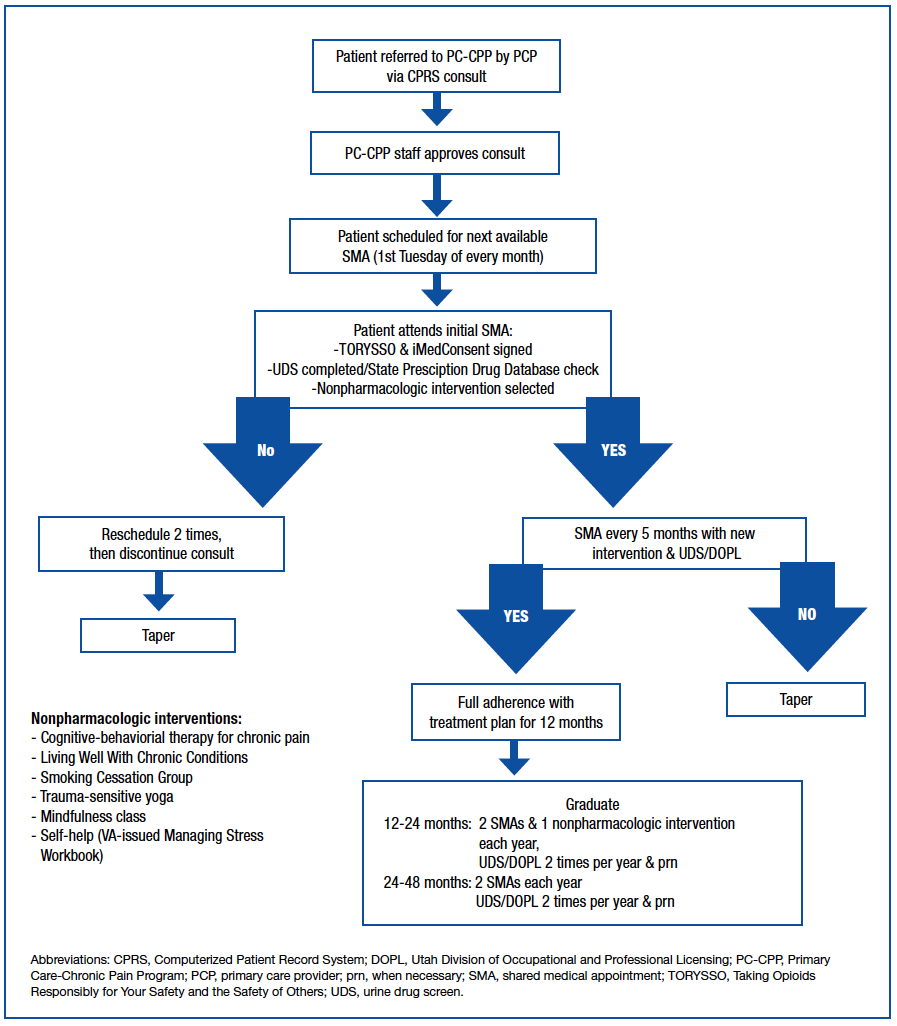
Figure: PC-CPP Standard Operating Prodcedure Algorithm (Fed Pract. 2016;33(12):39-45.)
In non-clinical settings
Standard work extends beyond clinical practice and into our everyday lives. Here are examples of how standard work is used in familiar ways:
Best practices
- Keep it simple. Explain what, how, and why.
- Make it accessible and visible. Also, make it easy to change as the process improves.
- Include all information on one easy-to-read document. Use visuals when possible.
Typically, you would create one standard work document for each part of the process. The goal is to design for the way things should happen most of the time. And remember, we can always improve the process. Be open to changing the document.
Benefits of standard work
- Improve communication with clearer expectations of what is required
- Makes it easier to hand off work
- Applies the same expectations to everyone
- Makes every day work easier, allowing staff to focus on patients’ needs
- Supports staff so they can provide the best patient care possible
Conclusion
Implementing a standard work procedure optimizes time, helps balance clinical priorities, and provides timely and consistent access to patient-level data and education. For the PC-CPP program, it has made pain management safer for veterans by improving adherence to guidelines and legally-mandated practice standards.
References:
- A primary care approach to managing chronic noncancer pain (Federal Practitioner 2016 | 12 minutes) Learn all about the the PC-CPP program.
- Drug overdose deaths in the United States, 1999-2017 (HCHS Data Brief)
Originally published August 2019
Sarah Knish Hall
Jamie Clinton-Lont
Luca Boi
Senior Value Engineer Luca Boi applies the Lean concept of waste to health care and explains how learning to see the “Seven Wastes” can help focus your efforts.
Chief Quality Officer Sandi Gulbransen and Accreditation Manager Kemper Funk explain how this umbrella of standards—ISO-9001—relates to our accreditation process and impacts our daily work.
Pediatric hospitalists and patient advocates Reena Tam and Erin Avondet shed light on the untapped opportunity to augment pediatric vaccination coverage in our communities and build vaccine confidence in the inpatient setting. They provide a host of resources and practical tips you can apply right now.
